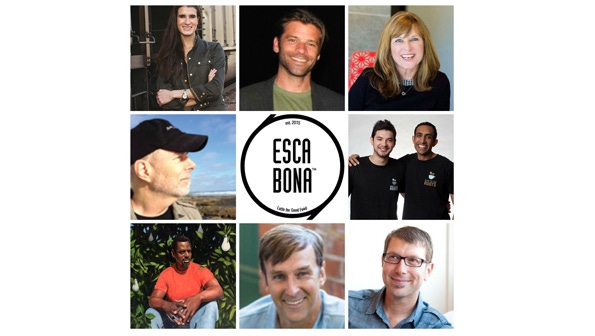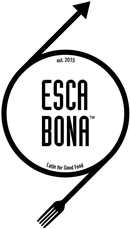Food leaders weigh in on how to take the good-food movement mainstream.

Esca Bona, Latin for good food, is a concept that we hope becomes omnipresent: In an ideal world, good, healthy, delicious food would have a place in every school and every household, be packed in lunchboxes and served for dinner. It would be used to inspire not scare, to unite not divide. It would be made available regardless of socioeconomic status. Politics, religion, sartorial choices ... it's true that variety is the spice of life. But healthy, affordable food for everyone should be the one thing we can all agree on, right?
While healthy food brands, community outreach and unique retail models are moving the needle, we have plenty more work to do. A 2014 study from the Harvard School of Public Health yielded some good news: Americans’ diets are improving overall (albeit slightly … the U.S. diet still isn’t stellar). But it also shed light on a harsh reality we’re up against: While the rich are eating better, the poor are eating worse. One reason is that 24 million people are living in so-called “food deserts” with no easy access to healthy food.

Be inspired without leaving your desk.
Catch the Esca Bona livestreamTuesday, Oct. 27 starting at 8:30 a.m. CT.
Disappointing? Yes. Motivating? YES. To make accessibility and affordability the rule—rather than the exception—we need to continue working together to develop long-term solutions. That’s why we’ll be addressing this issue head on at inaugural good-food conference Esca Bona in Austin this Tuesday during the session Massive Access and Affordability. In the meantime, here’s some food for thought on ways to make healthy food universal from our session presenters. Not attending Esca Bona? Be sure to catch the Live Streamed session here. And we would love to hear from you: What are the best ways to promote accessibility? Tweet us using the hashtag #EscaBona. Let’s get creative to build a better food system universally.
Educate, educate and, oh yeah, educate
Without awareness, healthy isn’t an option. Maddy D’Amato of LoveGrown Foods saw the impact of health education firsthand when she visited classrooms during the company’s National LOVE Bus Tour, working with Teach for America to educate about nutrition in schools. “On one trip through Arizona we spoke with eighth graders in a really low-income school district and then with fifth graders in a much higher-income school district," she says. "The fifth graders knew all about omega-3s, whole grains and healthy eating, while the eighth graders had little to no exposure to why they needed to be eating healthy, let alone what 'healthy foods' even were.” She points out that health education is absolutely critical to raising awareness and, ultimately, demand of healthy products. Only when there is a strong demand will “big food” truly get behind healthy food options.
Reach beyond traditional health hubs
Talking to and selling to existing natural products consumers isn’t going to take this movement to the masses. Jeremiah McElwee, vice president of purchasing & merchandising for online marketplace, Thrive Market, focuses on evenly distributing not just products but knowledge in order to expand beyond areas that already have access and education. He keeps prices low and education and content consistent. Selling online means fewer limitations when it comes to distribution. “What has been incredible to us is that our audience is evenly distributed across all of the lower 48 states directly in proportion to the per capita population of each state,” he said. “This means that we are reaching people across the country in a very balanced way, not skewed toward the traditional epicenters of the natural and organic foods movement."
Develop partnerships
A collaborative approach can help to reach the masses, community by community, with healthy foods and health-based information. This can mean joining with organizations and companies, ranging from nonprofits to celebrities to schools and retailers. “Leveraging a number of voices in the community can help get information out and make resources available,” according to Justin Levy, executive director of Conscious Alliance, an organization that is focused on hunger relief. “Many nonprofits know the communities they work with very well and can really be strong partners for major brands helping brands make a big positive impact.”
About the Author(s)
You May Also Like




